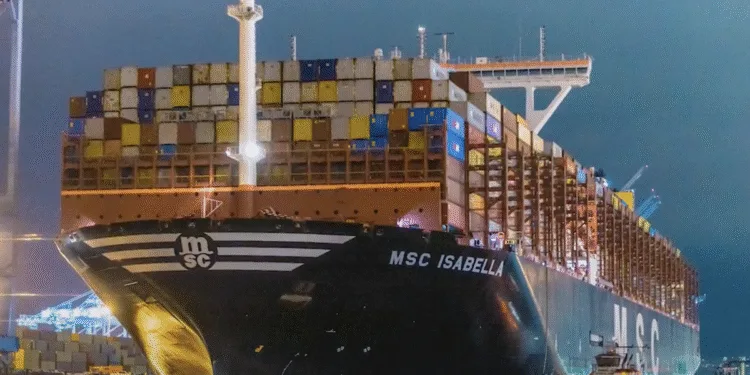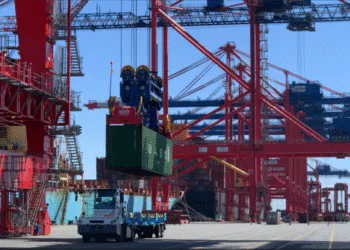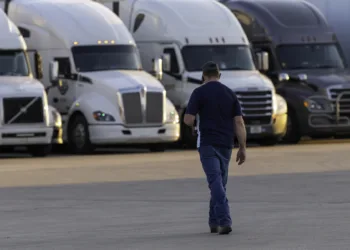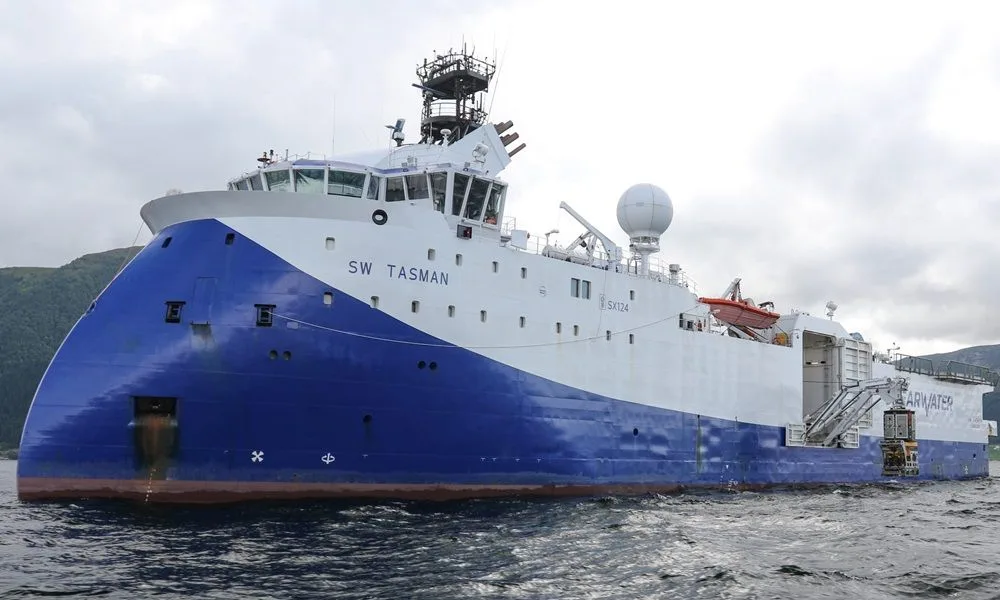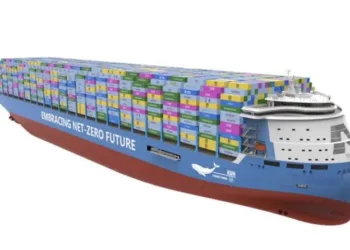The Port of Los Angeles, already the busiest U.S. import gateway, plans to build a new terminal to accommodate the world’s biggest container ships.
Join the leaders shaping freight’s future at
F3: Future of Freight Festival, Oct 21-22.
Network with the industry’s best and discover what’s next.
The Pier 500 project would comprise two berths and 3,000 feet of wharf on 200 acres of land along the Pier 400 channel, on the southern end of Terminal Island.
Los Angeles, with neighboring Port of Long Beach, form the busiest U.S. container gateway, handling 10.3 million and 9.6 million twenty foot equivalent units (TEUs), respectively, in 2024.
Los Angeles is seeking proposals for a pre-development agreement covering the project’s financial feasibility and other requirements.
“For the first time in a generation, the Port of Los Angeles plans to build a new container terminal to meet global supply chain demand for decades into the future,” said Port of Los Angeles Executive Director Gene Seroka, in a release. “The development of the cleanest terminal possible would enhance our efficiency and sustainability while creating new jobs in our communities.”
Among U.S. ports, the proposed Louisiana International Terminal in New Orleans and Sparrows Point Container Terminal in Baltimore are the only other standalone container terminal projects in development.
The port said the project would greatly increase efficiency, enabling calls by bigger, next-generation cargo ships.
The MSC Isabella, at 23,000 TEUs, became the largest boxship to call Los Angeles in 2020, though it was only loaded to about 78% capacity. MSC’s Irina, at 24,346 TEUs, is currently the largest of the ultra-large class of 20,000 TEUs or more. Ocean carriers operate estimated mega-tonnage of 3-4 million TEUs, and have orders for container giants totaling some 1.3 million TEUs on the books.
The new project is to be located just south of Pier 400, LA’s largest container terminal, on 124 submerged acres of infrastructure that was added prior to the pier’s completion in 2002. The berth depth is 55 feet, deepest among U.S. ports, with channel depth of 53 feet.
No cost estimates were given for the project.
The port said that the pre-development process will include all necessary environmental assessments as required under state and federal law. The project is expected to take 10 years to complete.
Find more articles by Stuart Chirls here.
Related coverage:
Trade war? Savannah containers near record volume
Asia-West Coast container rates plummet; demand seen waning through year-end
China could bar U.S.-service ships in new maritime dispute volley
Ports brace for government shutdown
The post Busiest U.S. port plans new container terminal for biggest ships appeared first on FreightWaves.



